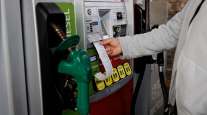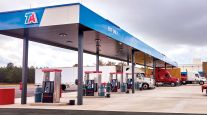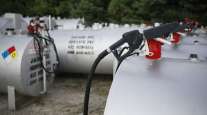Senior Reporter
Diesel Inches Up 0.6¢ to $3.258 a Gallon
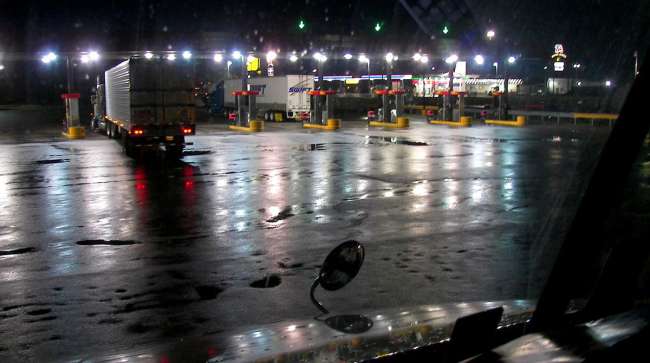
The U.S. average retail price of diesel inched up 0.6 cent to $3.258 a gallon. At the same time, energy infrastructure was at risk in the United States’ lower Atlantic region from Hurricane Florence.
Trucking’s main fuel costs 45.6 cents a gallon more than it did a year ago, when the price was $2.802, the Department of Energy said Sept. 10.
Averages rose in all regions but New England and the West Coast less California.
HOS RULES EASED: FMCSA relaxes regulations for haulers trying to help hurricane-affected areas
The national average price for regular gasoline rose 0.9 cent to $2.833 a gallon, DOE’s Energy Information Administration said. The average is 14.8 cents higher than it was a year ago.
Average gasoline prices rose in all regions.
Meanwhile, Mid-Atlantic states took steps to expedite fuel deliveries and other critical shipments as they prepared for the effects of Hurricane Florence, which was forecast to make landfall about one year after Hurricane Irma roared into Florida.
Florence is likely to stall at first and dump massive amounts of rain after coming ashore on the Southeast Atlantic coast, then eventually bend north as it moves inland, according to forecasters.
It was 1,230 miles east southeast of Cape fear, N.C., at midday Sept. 10, with winds of 130 mph. Three days later, the hurricane winds had slowed to 105 mph and the storm was a Category 2.
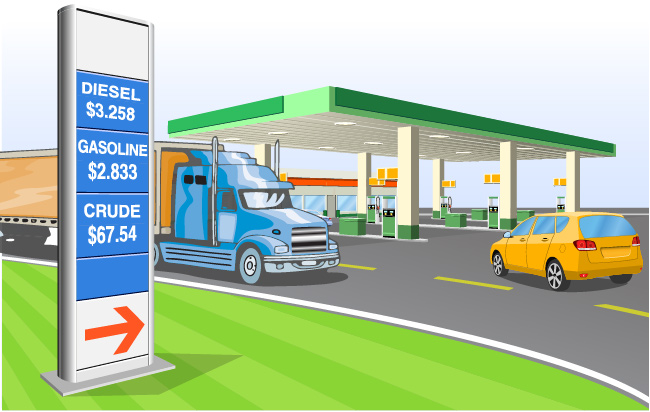
One trucking executive whose fleet delivers fuel in the area said it was ready to respond.
The problem with hurricanes is you never know how they are going to track, said Steve Welty, executive vice president of KAG Fuels Delivery, a unit of Kenan Advantage Group Inc. based in North Canton, Ohio.
“Our initial focus is on providing fuel-delivery service to all of our service station, truck stop and commercial customers in the affected areas in preparation for the storm. We will not put our employees in harm’s way but will continue to make deliveries in nonevacuation areas while we safely can,” he said Sept. 12.
“We will see significant fuel sales during this time similar to the panic buying you see at stores with milk, bread and more,“ he added.
When Florence hits, KAG will have fuel deliveries going on at the fringes of the storm as people continue to evacuate resulting in strong fuel demand.
Afterward, amid what typically is a suddenly quiet world of downed power lines, flooded roads, uprooted trees, residential and commercial damage, KAG faces additional delivery challenges in navigating closed roadways and verifying that rain water did not find its way into all fuel storage tanks before adding new fuel.
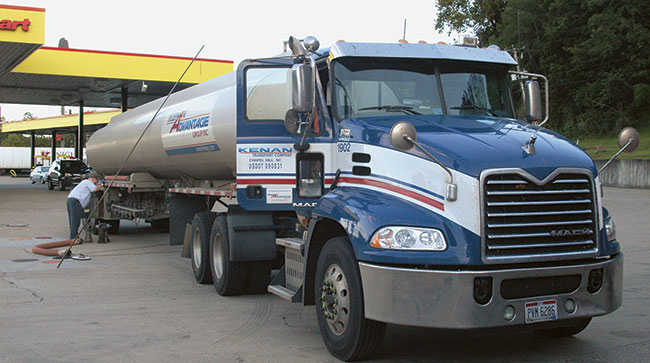
Steve Welty, executive vice president of KAG Fuels Delivery, a unit of Kenan, says his drivers are ready to respond to customers in areas affected by Hurricane Florence. (TT File Photo)
Welty called KAG’s response a huge responsibility.
“When these unfortunate events occur, we are an integral part of the pre- and post-storm process. One of the key strengths at KAG is our ability to offer our customers additional driver capacity during this time,” said. “We can mobilize drivers from several parts of the country into the impacted areas quickly and efficiently.”
Welty expects to have multiple trucks servicing the fuel sites that were in the path of Hurricane Florence.
Kenan Advantage Group Inc. ranks No. 24 on the Transport Topics Top 100 list of the largest for-hire carriers in North America. It is the largest carrier in the tank/bulk sector in North America and operates about 6,700 tractors.
In anticipation of the hurricane, South Carolina Gov. Henry McMaster suspended federal permitting regulations restricting load, width, length weight and hours of service for commercial vehicles responding to the emergency.
Florida, Georgia, North Carolina, Virginia and West Virginia — which also have eased their weight restrictions for emergency response vehicles — represented about 17% of total U.S. motor gasoline consumption and about 14% of total U.S. ultra-low-sulfur diesel consumption in 2017, according to EIA.
The region’s fuel supply is primarily delivered from refineries along the Gulf Coast through pipelines and supplemented by marine shipments from the Gulf Coast and imports from other countries.
Crude oil futures trading on the New York Mercantile Exchange closed Sept. 12 at $70.37 per barrel compared with $69.87 on Sept. 4.


